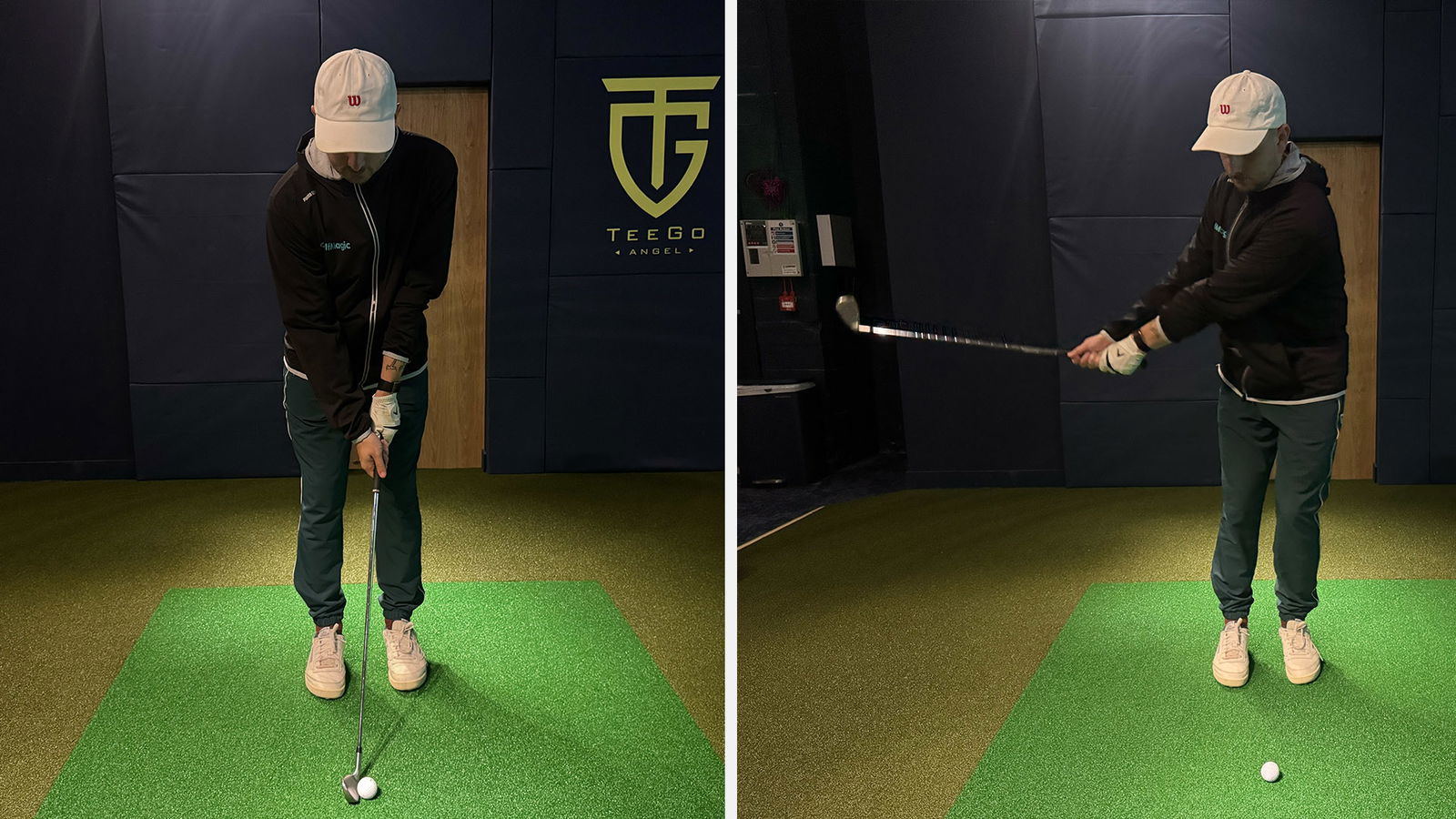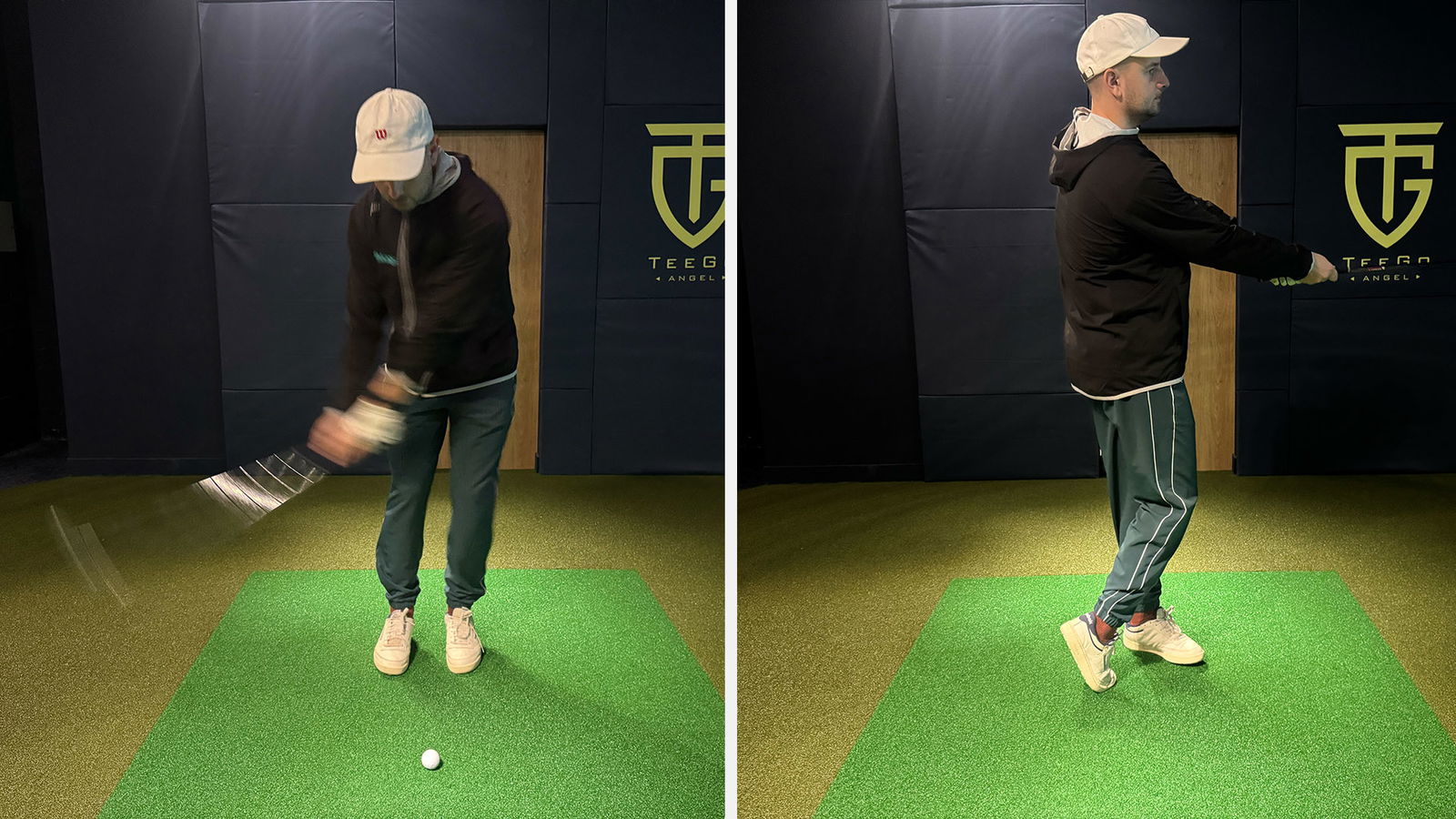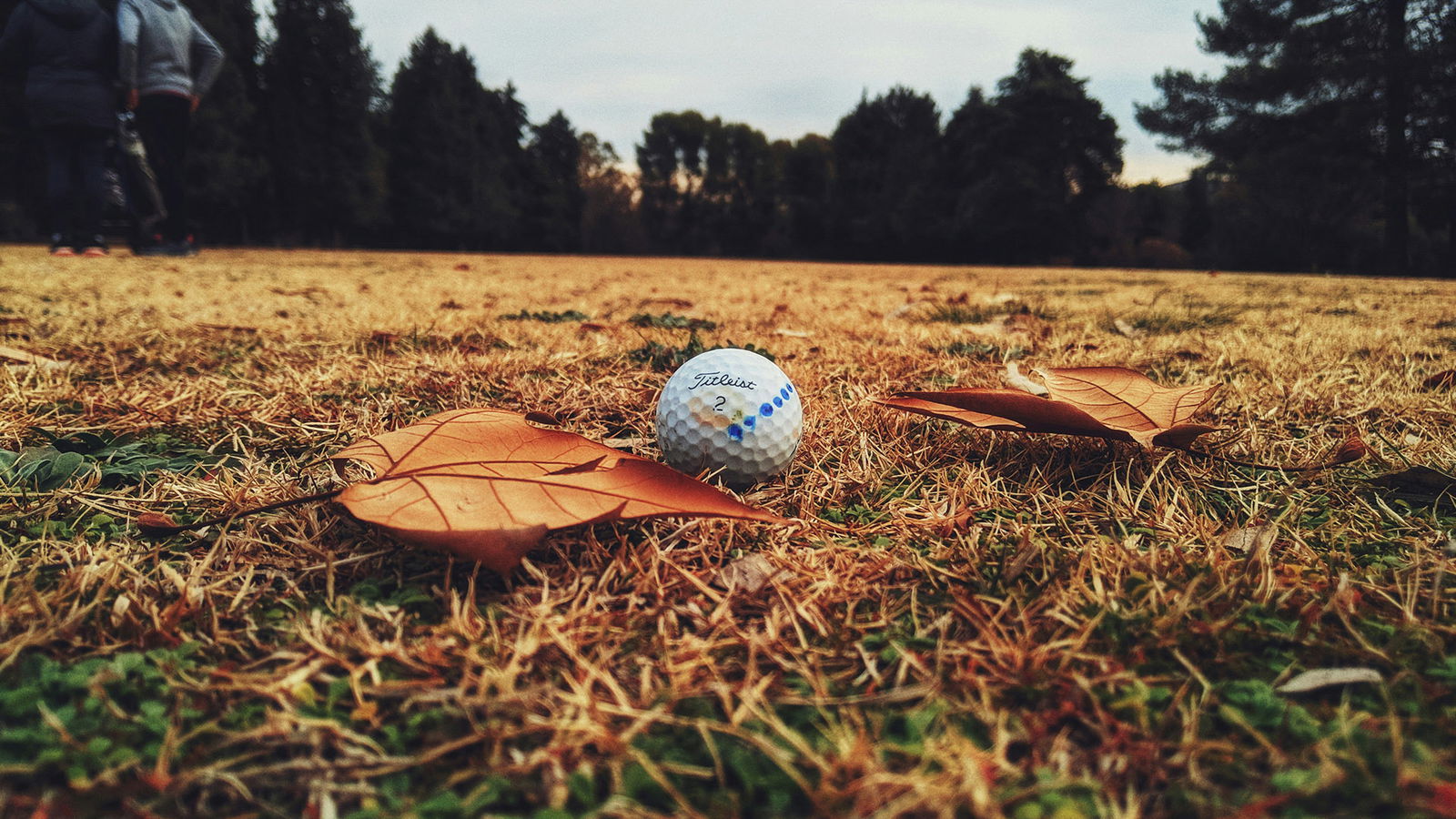Best Golf Practice Tips For Beginners: A pro's advice on starting your golfing journey
Want to get serious about golf but not sure where to start? We chatted to a golf pro to get all the right wisdom on how to get the most out of your practice.

Progressing from a complete beginner to a competent golfer is one of the toughest challenges any amateur sportsman can face. Golf is one of the hardest sports to learn at a fundamental level, requiring technical skills that go well beyond the simple acts of catching, throwing and kicking.
As such, many beginners who enter golf with no insights about learning the game tend to be the ones that most often quit out of frustration. And outside of booking a lesson, which we would always recommend first and foremost for anyone starting their golfing journey, there are a number of things you can do to make climbing this initial mountain far easier.
To take the anguish out of practicing as a beginner, we sat down with Kaamil Ryan Bham, resident pro at leading London practice centre TeeGo, to get his top tips on getting better quickly and avoiding the frustrating perils of beginner golf.
Looking to invest in your first set of clubs? Check out our up to date buying guides for the best beginner golf clubs and the best golf package sets.
Focus on the fundamentals
How many times have you been to the range with a beginner friend and seen them toil for hours just to make contact with the ball? Breaking down all the crucial elements of striking the golf ball should be every beginner's starting point.
"The biggest issue for most beginners," says Bham, "is the struggle to find rhythm. If you have no rhythm, you'll have a very hard time finding the ball with the club. Alignment is also something that's very important for beginners to learn about, figuring out how to position both your club face and your body for the way you naturally tend to swing. If you want a square club face, your body has to be square. If you have an open body, your clubface is going to open up as well. Learning all these tenets are essential to building a great swing."
Make practice about quality, not quantity
Picking up swing faults and things to correct in your game is an essential part of any golfer's journey. However spending too long on one particular area of your game, say, spending an hour bashing balls at the range in a desperate attempt to correct your slice, is likely doing more harm than good.
To keep your practice sessions fun and varied, add structure and drills that allow you to efficiently work on multiple areas of your game without the risk of boredom or frustration creeping in. "If you're practicing for an hour, break it down into things you want to work on for 15 or 30 minutes at a time," says Bham.
Remember too that what you might learn in a lesson doesn't have to be constantly repeated session after session, round after round. Trying to remember too much in the setup and during the swing is one of the easiest ways to make golf feel like a chore. "If you're constantly focusing on the technical, you'll lose the fun, lose the love, we lose the interest."

Practice with higher-lofted clubs
Learning to play golf is a tough task as it is for just about everyone, with even the most elite athletes often left looking foolish when picking up a club for the first time. As such, to make it easy for yourself, focus on practicing with the most forgiving clubs in your bag.
While they're not as exciting or glamorous as the driver, 8 iron, 9 iron and pitching wedge should be your best friends both on the course and at the range as you build confidence, learn how to launch the ball effectively and practice finding the centre of the club face more often.
"One thing I would add," says Bham, "is that both in play and in practice, keeping the driver in the bag for as long as possible might be one of the best things you could possibly do. If you stay patient and build up the tempo, technique and ball-striking with your irons, you'll understand how crucial it is to hit it from the centre of the club. If you build up towards the driver, you'll find it much easier to the gain that speed, distance and accuracy further down the line."
Make actual rounds about fun, not getting better
A beginner golfer's first rounds of golf can quickly devolve into a negative experience, with embarrassment, frustration and eventual giving up all too common – particularly when you see yourself making progress on the range but not on the scorecard. As such, Bham says, it's important to keep rounds as light as possible, trusting that as you get better, the scores will slowly come down by themselves.
"You cannot expect to play well on the course when you're preoccupied trying to replicate exactly what you learned in a lesson or on the driving range," says Bham. "It's easy to think 'I've hit two good shots in the sim on the driving range. I've got the feeling dialled down,' and then everything falls apart out on the course. You have to manage expectations. If you think you're going to shoot 120, go out and shoot 120 and accept whatever comes along with that.
"If it takes you six hours to play a round, accept that it'll take six hours, and don't be too proud to let people through in the process. It's about minimising frustration, enjoying the journey that every golfer embarks on and having fun.
Bham adds that it's all too easy to get lost in one's own head when out on the course, missing some of the vital beauty that makes the sport so great. "When you are a beginner, take in everything that is around you when you are playing. You've paid money to play on a good golf course, and a lot of work has been put into that golf course to make it look nice.
"Acknowledging it's not just about your own performance is a great way to keep some perspective when playing. Enjoy what you are playing for, but enjoy what you are paying for as well."
The best golf practice drill for beginners: The straight hand drill
This is about as simple of a golf drill as they come, breaking the key components of the golf swing into three simple manoeuvres that help train rhythm, contact and alignment.
The key thought here is to maintain straight hands and arms throughout the swing, taking wrist and elbow flexion entirely out of the equation and setting up the right sequencing for your body to rotate through the ball.
- Set up with a relatively high lofted iron in a fairly narrow stance. The closer your feet are together, the more challenging the drill will be but your ball-striking will improve.
- Bring the club back slowly to around hip height, making sure to maintain straight wrists and elbows throughout. There's no need to cock your wrists for this drill, as we're focusing on contact rather than power

- Pause at the top of your swing, maintaining eye contact with the ball
- Bring the hands and club down in a straight plane through the ball. Allow the loft of the club to do the work in getting the ball into the air, and try not to cup your wrists as if to scoop the ball up
- Follow through while maintaining straight arms and wrists, finishing with your chest, arms and club pointing towards the target

To book a lesson with Kaamil and experience TeeGo's London practice centres for yourself, head to TeeGo.co.uk.











